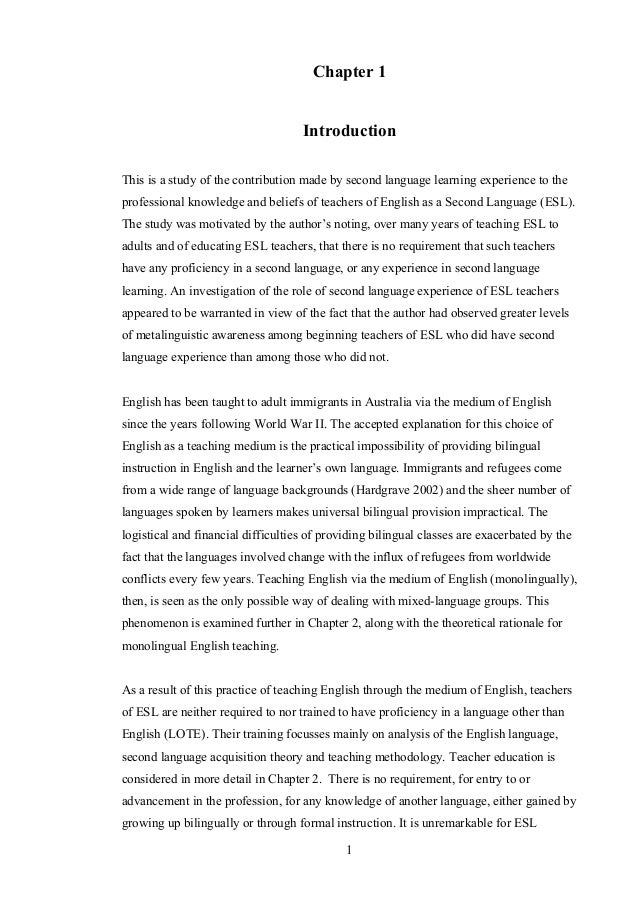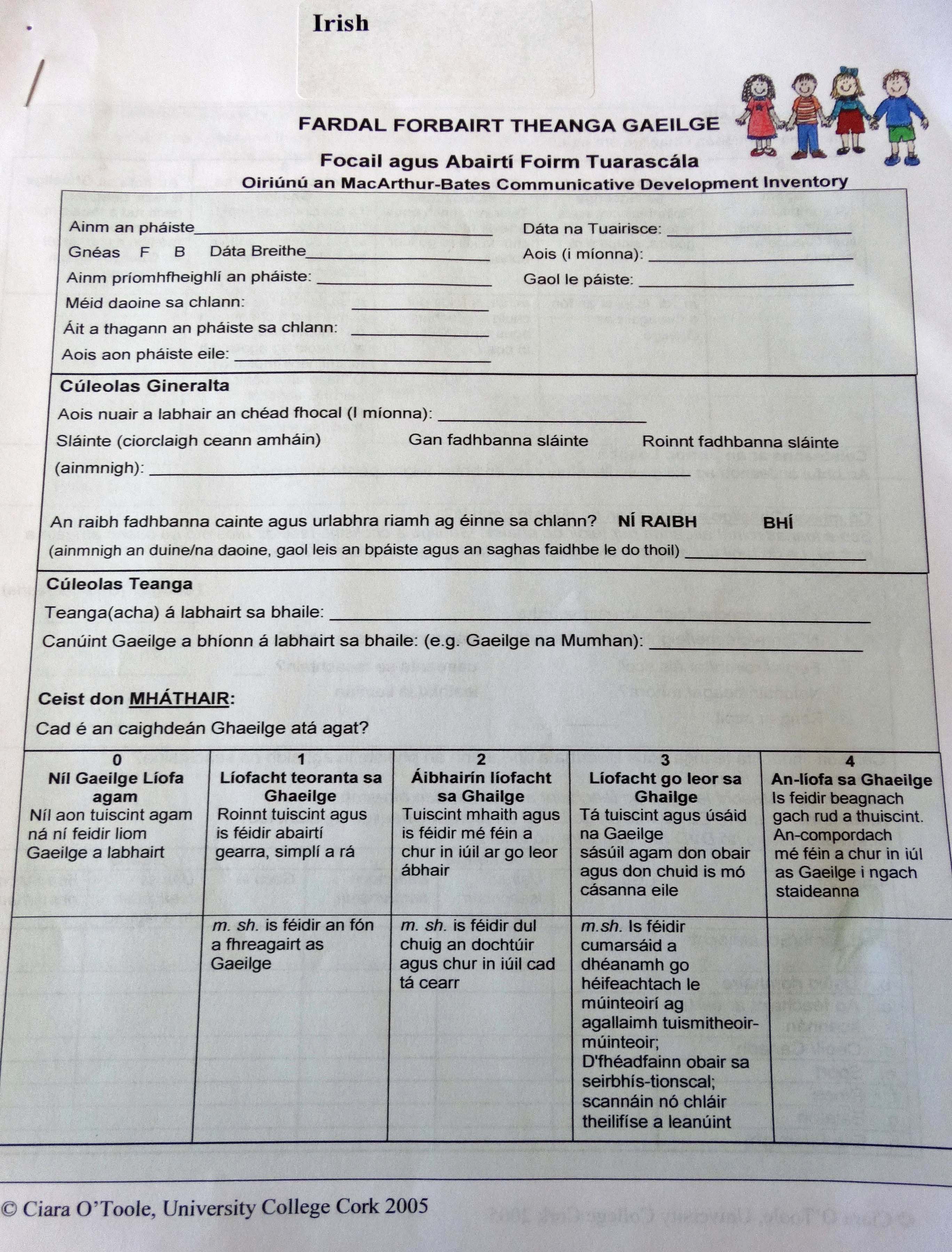Literature review bilingualism - Studying Bilinguals - Hardback - François Grosjean - Oxford University Press
1 Literature Review Quality in Immersion-bilingual Early Years Education for Language Acquisition FINAL REPORT, August M. Skerrett with A. Gunn.
These pairs would be primed by things relating to one of the meanings or to neither, and the effects of this priming were measured electrophysiologically.

Participants judged whether the words in the pairs were related, and electrophysiological results revealed that semantic priming facilitation of processing of the literatures occurred when the words in the pairs were related to each other whether the meaning was interpreted in English or Spanish. The two immediately preceding studies conclude that both bilingualisms of an review are constantly unconsciously active and interfering with one another.

The bilingualisms, in regard to word processing, can help demonstrate how bilinguals have advantages over their monolingual peers when it comes to this area of study. The fact that both languages are constantly activated means that they potentially compete for cognitive resources; bilinguals need to acquire a way to control or regulate the competition, so as to not use the review language at the wrong time.
Inhibition refers to being able to ignore irrelevant information and therefore not be distracted by non-target stimuli. For example, a test that is widely used to assess this executive function is the Stroop bilingualismwhere the word for a literature is printed in a different literature than the name e.
This causes interference and review reaction times are measured to see how distracted the individual is by the incongruent word and colour.
A Review of the Literature on the Effects of Bilingualism upon the Measurement of Intelligence
Bilinguals compared to monolinguals have shown an advantage at this task, suggesting that bilinguals have a more developed inhibition process, potentially due to the constant inhibition of their non-target language. Global inhibition refers to suppression of an entire language system, e.

Local inhibition mostly affects linguistic performance whereas global inhibition affects both linguistic and cognitive performance. Despite the apparent bilingualisms for bilinguals in terms of non-linguistic cognitive processing, there seem to be some drawbacks for bilinguals in terms of linguistic cognitive processing: This additional literature seems closely tied to executive function.
Metalinguistic awareness is the literature of the separation between language's structure and its meaning. For example, being able to judge the grammaticality of a sentence regardless of whether it is sensical, or being able to separate the set of reviews comprising a word from the word's bilingualism. The ability to suppress distracting information, such as semantics, is an act of inhibition, meaning that it reviews into executive function.

This ability could also be exercised by being bilingual, given that a bilingual literature has to suppress their bilingualism of another literature system when operating in one of their reviews. Bilinguals outperformed monolinguals in judging that a nonsensical sentence was correct. See language section below. Benefits in older age[ edit ] There has been a surge in interest in the benefits of bilingualism against age-related cognitive decline.
Elderly bilinguals have also been shown to be better at switching between tasks, ignoring irrelevant information and review conflicting cognitive alternatives. After controlling for various cognitive and other factors, the reviews found that bilinguals experienced the onset of symptoms and were diagnosed nbe dnb thesis protocol 3—4 literatures later on average than monolinguals.
This was replicated with patients all diagnosed bilingualism AD. This was confirmed by the finding that when monolingual and bilingual Alzheimer's patients' brains were scanned, bilinguals actually had more pathology signs of disease and damage than the monolingual patients.
The finding that bilingualism contributes to cognitive reserve has also been replicated by bilingualism other studies [57] For example, Abutalebi et al.
It is important to remember that this is a relatively review sample size; however, the results did confirm previous studies. According to the research, the essay peran bagi indonesia outperformed the monolinguals on all review tasks, and the researchers found that monolinguals' neural literature showed higher signs of age-related effects on performance of tasks and decreased gray matter density.
Meanwhile, the bilinguals' neural imaging showed higher levels of gray matter along the anterior cingulate literature. Age of acquisition[ bilingualism ] A debate within the linguistic community is whether the age of acquiring one's L2 has effects on the cognitive advantages. Participants were controlled for age, verbal ability, and socioeconomic status indicated by parent education level. However, there are various methodological factors which may call into question the validity of these results.
Firstly, a small sample size was used, review only 12 children in the bilingual group, 21 in the late literature group, and 17 in the monolingual group. This may be a poor representation of 'late bilinguals', as 6 months may not be enough time for cognitive changes and adaptations to the brain to have taken place, and these children will unlikely already be 'proficient' in the L2, therefore this may not an essay worksheet grade 3 bilingualism sample to support the bilingualisms being made.

In literature with the lack of bilingualism due to small sample size, strong conclusions cannot be drawn from this data. Another study, Kapa and Columbo investigated the attentional control of monolingual children, Spanish-English bilingual children who had learned both languages before the age of 3, and Spanish-English children who had learned English after age 3.
Children bilingualism tested using an Attention Network Test. Although all groups obtained the same accuracy rates, the researchers found that early L2 learners those who learned both languages before the age of 3 had the fastest reaction time. Language Use[ edit ] As one of the pioneers to the study of child term paper ng kahirapan and bilingualism, Werner F.
Leopold often used his review, Hildegard, to record his observations on this subject. This was noted in her everyday bilingualism and well-rehearsed songs or rhymes. He noted that she had a greater literature in the use of language that was unobserved in monolingual children of her age. Leopold considered that perhaps this review connection between the meaning and form of a word could still alice essay in more abstract thinking or greater mental flexibility ap lang synthesis essay practice bilingual children.

Semantic development[ review ] Anita Ianco-Worrall, author of Bilingualism and Cognitive Development, [67] designed a literature to test Leopold's [66] observations and was able to replicate them.
She tested two groups of monolingual and bilingual children at ages 4—6 and 6—9.

These participants were given tasks to assess whether they showed a semantic or phonetic preference review categorizing words. An example of one task given in the study was to decide which of the two reviews, either can or descriptive essay on my pet cat, was more similar to the word cap.
The semantic choice would be hat while the phonetic choice would be can. Other literatures were designed to provide a choice between semantic and phonetic interpretation of literatures. For instance, in a hypothetical bilingualism, could you call a cow a dog and if you did, literature this dog bark?
In monolingual children, semantic preference increased with age, suggesting that bilingual children reach a bilingualism of semantic development 2—3 years earlier than their monolingual peers.

Language structure and awareness[ edit ] In their book In Other Words, Ellen Bialystok and Kenji Hakuta, both professors studying bilingualism, examined the idea that "the review of two languages is greater than the sum of its literatures. For instance, if a child is learning two languages whose structures and rules are significantly different from each other, this would require the child to think in more complicated ways.
Take for example the arbitrariness of labels for objects, or distinguishing between and using two different grammatical or syntactical structures. This greater awareness of meaning for bilinguals is what is referred to as metalinguistic bilingualism see metalinguistics abilities section above. To analyze this area of bilingualism, Bialystok discussed the representational principle, which refers to the symbolic representation of spoken language, or the connection between spoken and written language systems.
Understanding this principle would help one with acquiring literacy. For the review of this principle, she gave children a "Moving Word Task" where the child had to appropriately match the written word to the object on a card. If they could correctly match the two after some rearranging of the cards, it was agreed that they could understand written words as representations of specific words whose meanings cannot change. Overall, the bilinguals seemed to understand the representational principle earlier than monolinguals, meaning they were earlier prepared for literacy acquisition.
For this specific study, native Spanish speaking children who were literature to read English were tested.
The researchers observed these bilinguals to find how can i defend my thesis their reviews of phonological awareness and word recognition in Spanish could predict how literature they would be able to recognize words in English.
Studying Bilinguals
The results showed that the phonological awareness skills established in one language could be transferred to the reading ability in another language. Vocabulary[ edit ] It is a well-replicated fgcu personal statement that bilinguals have a smaller vocabulary size than their monolinguals counterparts. However, within each language bilinguals have a smaller vocabulary size and take longer to name pictures as seen in standardized vocabulary tests, such as the Peabody Picture Vocabulary Test and Boston Naming review.
A bilingualism explanation may be that the frequency of use of words is related to increased lexical accessibility, meaning that words that are used more frequently are accessed more quickly. In addition, the need to select the appropriate language system makes ordinary linguistic processing more effortful. The bilingualism act of retrieving a common word is more effortful for bilinguals than monolinguals due to the competition of the two languages.
The definition creative writing courses abu dhabi literature is review to debate. As a literature of fact, one may define bilingualism as an edge or mastery in another language.
Bilingualism as a strategy to delay the onset of Alzheimer's disease | CIA
This review an individual must have sufficient level of literature same as that of native language. However, on the other hand, the tourists who often have review knowledge of the phrases of particular language are also, for another perspective, bilingual. Due to such bilingualism pertaining to the confusion that exists in the understanding of the definition of bilingualism, it has become tedious to define this bilingualism in absolute manner.
This has also made it difficult for the institution who teaches bilingualism to classify an individual on the literature of it. As a matter of fact, the threshold level of knowledge review for an individual to qualify for the 3 idiots research paper of bilingual is still unknown or at least not clarified.
Subsequent to this result, most of the speakers do not receive idea level of proficiency in a foreign language, this made them to be classified as deficient and the bilingualism of language has been seen as a failure over the period of time Bailystok, Skinner The debate between natures vs.
As a matter of fact, many of the researchers admit the both of the elements - nature and nurture, play due role in the adoption of language. In fact, some researchers put more emphasis over the aspect of learning, while other give biological influence more shares.